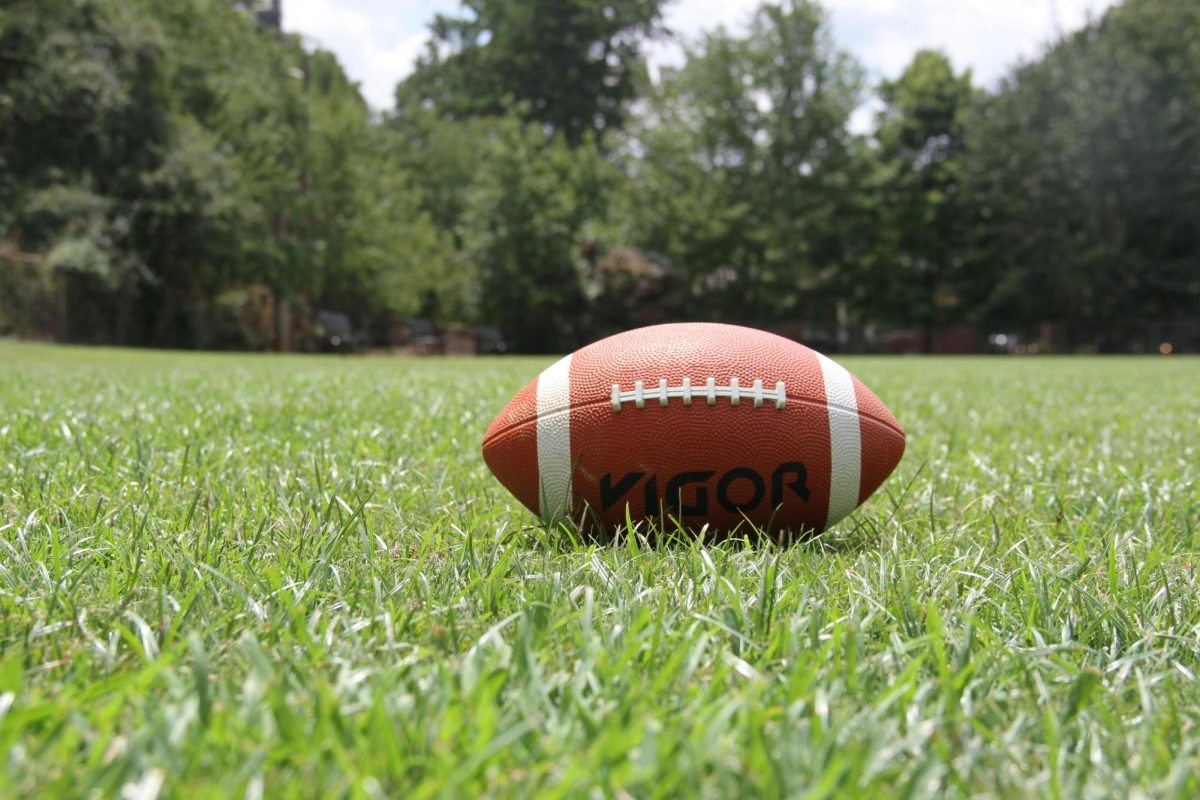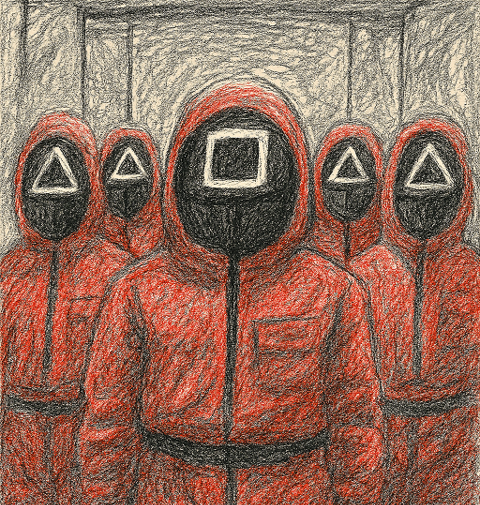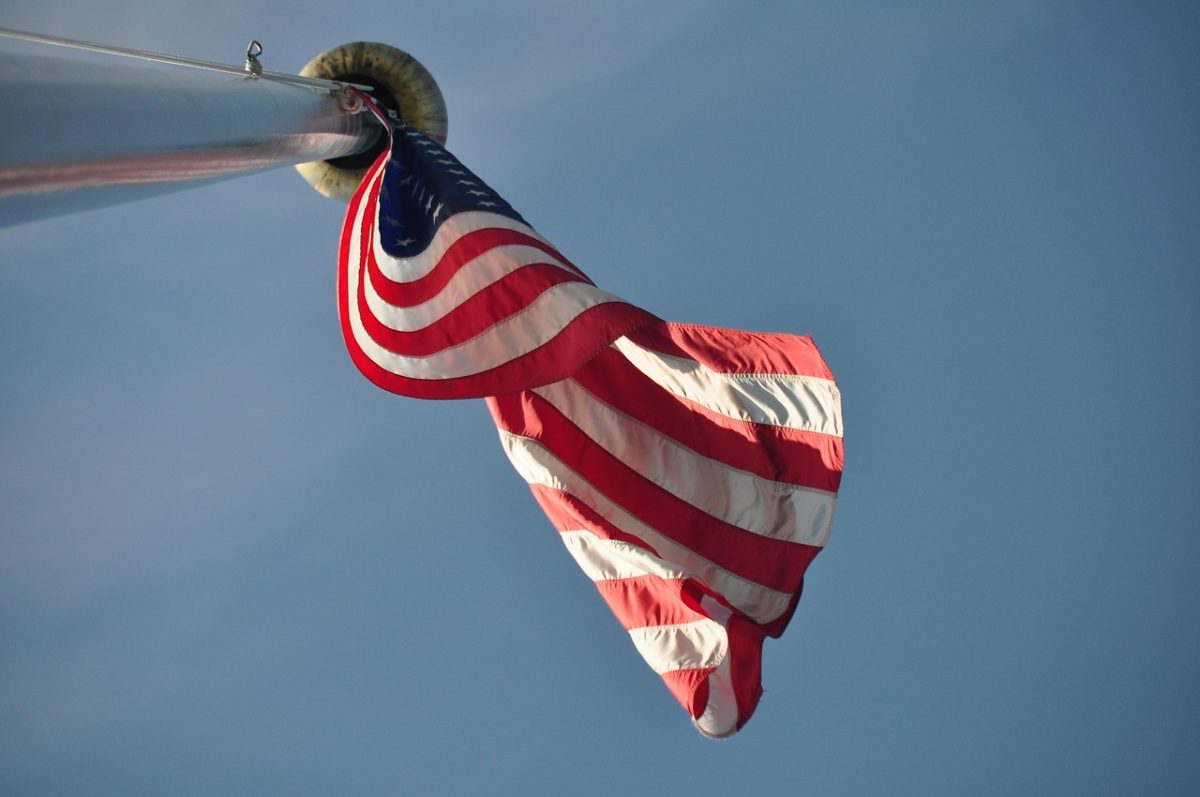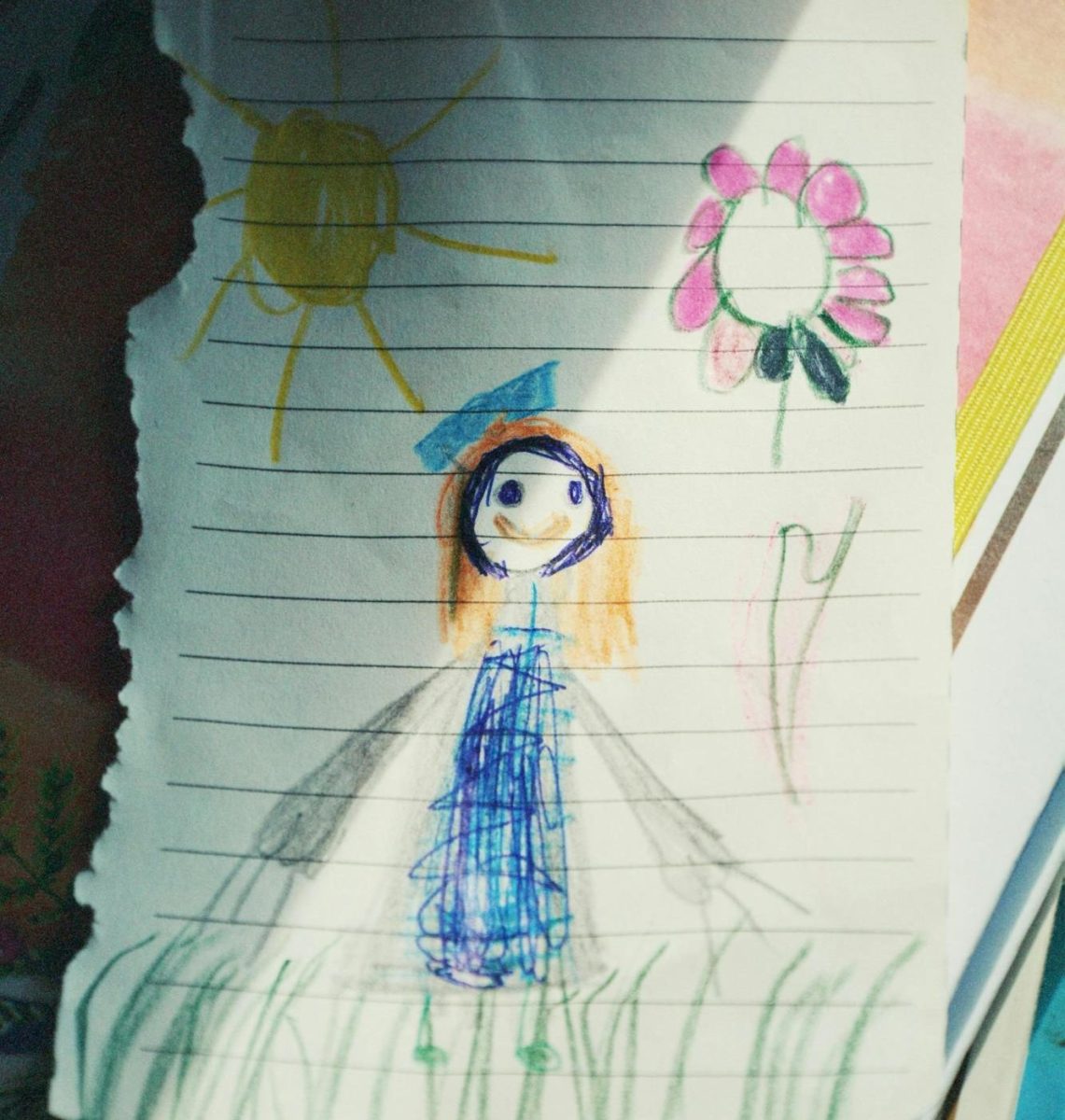Easter, similar to Halloween, originated as a pagan tradition to celebrate the spring equinox. The Spring equinox is a time when both the amount of daylight and night are identical to one another. The pagans celebrated this holiday for both the spring equinox and to feast along with throwing festivals in honor of the spring god Eostre.
Then in 312 AD, Emperor Constantine combined both pagan rituals and Christian traditions, which first introduced Easter to Christians. Further down the line, the council of Nicaea moved their Easter to Sunday forming Easter Sunday, which is celebrated nowadays for the rebirth/resurrection of Christ. Easter can also fall on two different days depending on the church’s beliefs. For example, this year Easter will fall on May 1 for Orthodox Christians while for other Christians it was March 31. This is unusually late, as most years, Orthodox Easter falls just one week later. Orthodox Christians are Christians who believe in traditional faith/Christianity so they follow the Julian calendar. At the same time, other Christians follow the Gregorian calendar instead.
During Easter, families and friends come together to decorate easter eggs and hunt for the eggs hidden in the backyard by the Easter Bunny. This isn’t just a random idea that came to be one day, there’s an underlying tradition behind it. The egg decoration came from the Middle Ages when families would decorate eggs and eat hard-boiled ones after Easter Sunday. Decorating eggs also became a tradition in the church, as a way to symbolize new life, as a substitute for eating them when it was prohibited in the 13th century. Bunnies also have been associated with new life, like eggs, and fertility. The Easter Bunny came from a folk tale German writer named Georg Franck von Frankenau who wrote about a rabbit that hid festive eggs for children to find. This eventually became a tradition in America when German immigrants moved to the U.S. sometime in the 1700s. Another German tradition was making a nest for the Easter Bunny to lay the eggs, which eventually became the tradition of having decorative baskets and even began to include chocolate and other candy left by the Easter Bunny.
There are also many different Easter foods along with activity traditions like dove-shaped bread, an Italian tradition. Hot cross buns are a Saxon tradition, cod fish cakes a Bermudan tradition, and A 15,000 egg omelet is a French tradition. For Greek Orthodox Christians, lamb cooked on a spit is the typical main course for dinner. Each Easter feast is different all over the world and within every home, and each Easter is different for every culture, country, and family.
Works Cited
- Easter Symbols and Traditions – Easter Bunny, Easter Eggs & Christianity | HISTORY, 27 October 2009, https://www.history.com/topics/holidays/easter-symbols#easter-bunny. Accessed 2 April 2024.
- “Easter – Lent, Holy Week, Resurrection.” Britannica, https://www.britannica.com/topic/Easter-holiday/Liturgical-observances#ref231528. Accessed 1 April 2024.
- “History of Easter.” Christmas Central, https://www.christmascentral.com/resources/holiday-histories/history-of-easter/. Accessed 1 April 2024.
- Kennedy, Lesley. What’s the Difference Between Easter and Orthodox Easter? | HISTORY, 8 April 2022, https://www.history.com/news/easter-orthodox-easter-differences. Accessed 2 April 2024.
- “The Pagan Origins of Easter – and Different Easter Foods From Around the World.” CHEFIN Australia, https://chefin.com.au/blog/the-pagan-easter-and-different-easter-foods-from-around-the-world/. Accessed 1 April 2024.
- Travers, Penny, et al. “Origin of Easter: From pagan rituals to bunnies and chocolate eggs.” ABC, 14 April 2017, https://www.abc.net.au/news/2017-04-15/the-origins-of-easter-from-pagan-roots-to-chocolate-eggs/8440134. Accessed 1 April 2024.
- “Why Do We Celebrate Easter? + Other Facts About The History Of Easter.” HistoryExtra, 2 April 2022, https://www.historyextra.com/period/medieval/easter-origins-history-facts-celebrate/. Accessed 1 April 2024.













































